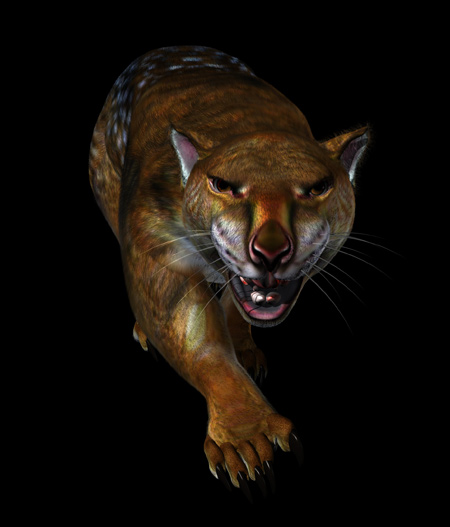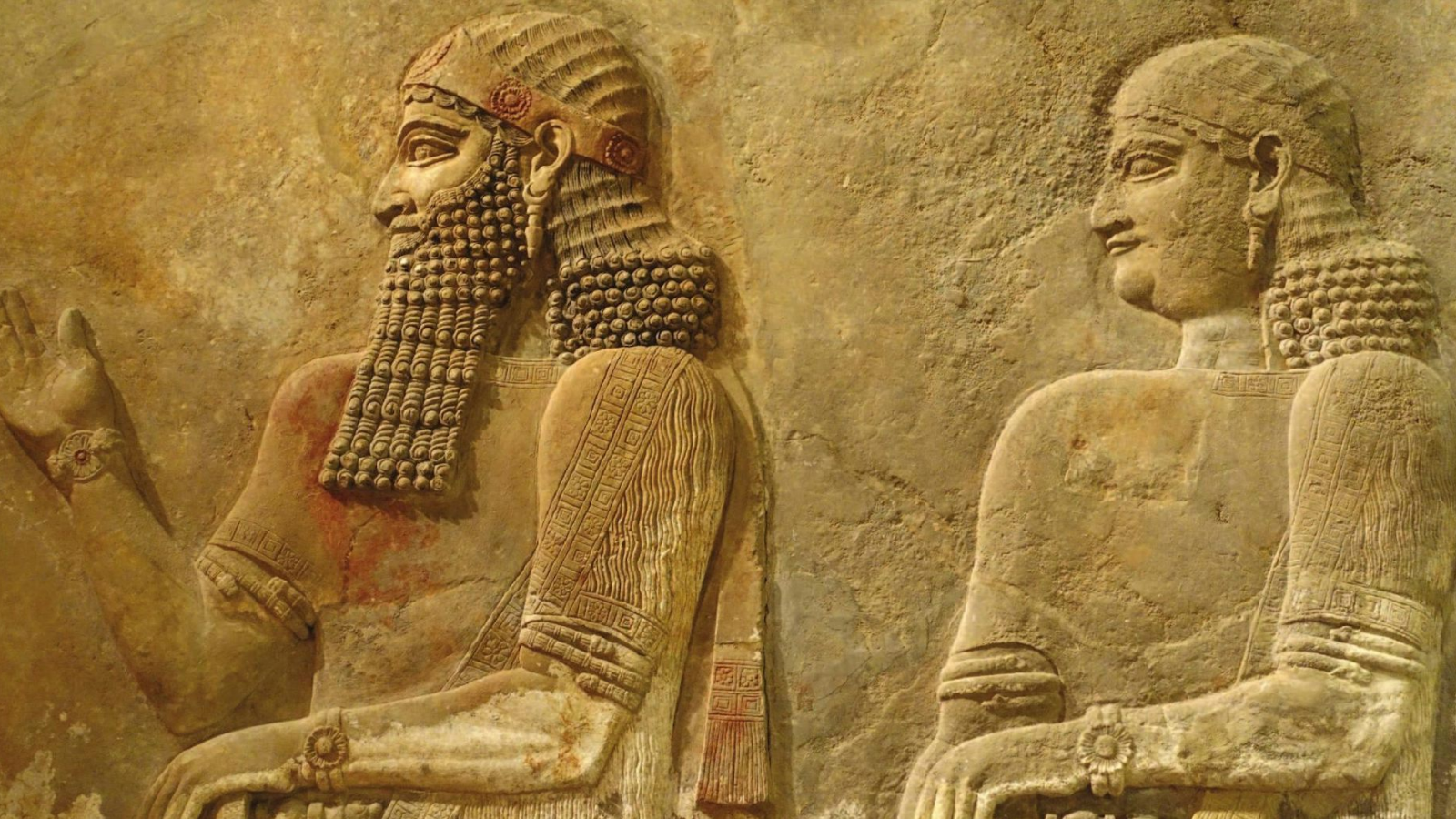Humans Wiped Out Australian Giants

Humans, not climate change, wiped out large beasts such as marsupial lions and tree kangaroos that roamed Australia thousands of years ago, scientists have concluded based on a remarkable new set of fossils.
Some researchers had previously argued that harsh dry conditions during the height of several ice ages in Australia might have caused some of the region's large mammals to disappear.
The new research, based on a remarkable heap of animal fossils found in three caves [image] in 2002, suggests otherwise.
Fossil jackpot
The well-preserved fossils [image] , discovered by cavers in the remote region of Nullarbor Plain of Western Australia, offer clues about the region's animals that lived in the Middle Pleistocene—130,000 to 780,000 years ago—before human arrival.
"The Middle Pleistocene in Australia has been pretty much a blank in terms of our knowledge of species diversity,” said study co-author Richard Roberts of the University of Wollongong, Australia. “Did all of the various species of megafauna survive through this period until their final disappearance about 46,000 years ago, or was there a pattern of staggered extinctions with different species dropping out as the climatic swings of each successive Ice Age took their toll?"
In the caves, researchers unearthed a bevy of fossils that included 69 vertebrate and one mollusk species. Twenty-three of the vertebrate fossils belonged to kangaroos, eight of which were previously unknown to science. Some of the specimens are complete skeletons.
Get the world’s most fascinating discoveries delivered straight to your inbox.
Two of the new kangaroo species dwelled in trees, which is ironic as they have been found on the Nullarbor Plain, where very few trees live today, Roberts told LiveScience.
Climate ruled innocent
The best theory of megafauna extinction, so far, had been that cool climatic periods brought on harsh aridity that wiped out the animals.
The new study suggests a different line of thought. By examining the isotopes in the tooth enamel of the fossils and comparing them with living animals of known climates, the researchers were able to identify that the animals roaming the Nullarbor between 200,000 and 800,000 years ago inhabited an extremely arid environment.
The animals had previously experienced the very worst that nature could throw at them in terms of climatic downturns, Roberts said. "So glacial aridity cannot have been the main driving force behind their extinction. They had suffered but survived such episodes many times before."
The new study, published in the Jan. 24 issue of the journal Nature, destroys the climate change model for Australian megafauna extinction once and for all, said study co-author John Long from Museum Victoria, Australia.
“The only new ingredient in the mix at that time was humans, who first entered Australia between 50,000 and 60,000 years ago,” Roberts said. “So humans, very likely, played the decisive role in the extinction event—through hunting of juveniles and through burning of the vegetation cover and changing the plant composition to disadvantage the browsers and grazers.”
- Images: The World's Biggest Beasts
- 10 Amazing Things You Didn't Know about Animals
- Prehistoric Humans Wiped Out Elephants
- Amazing Animal Abilities
 Live Science Plus
Live Science Plus






